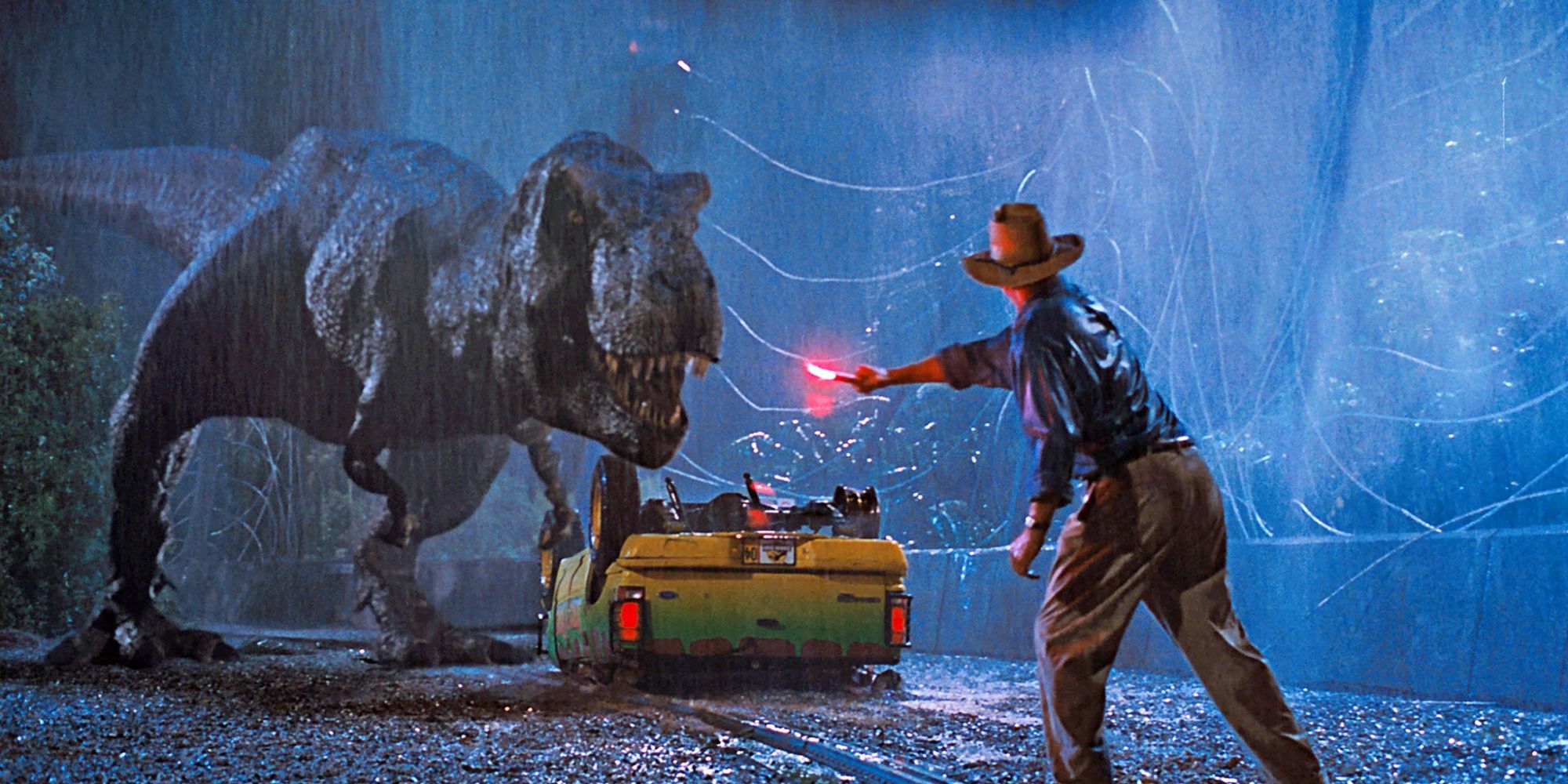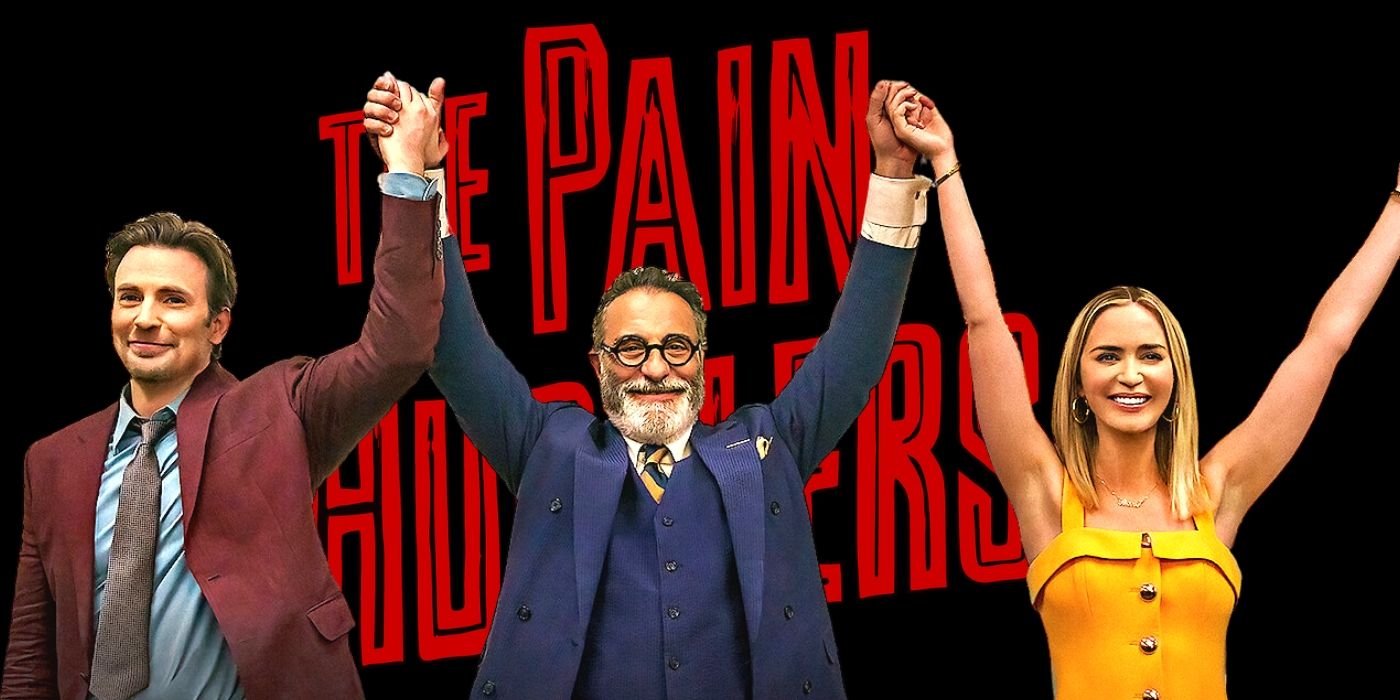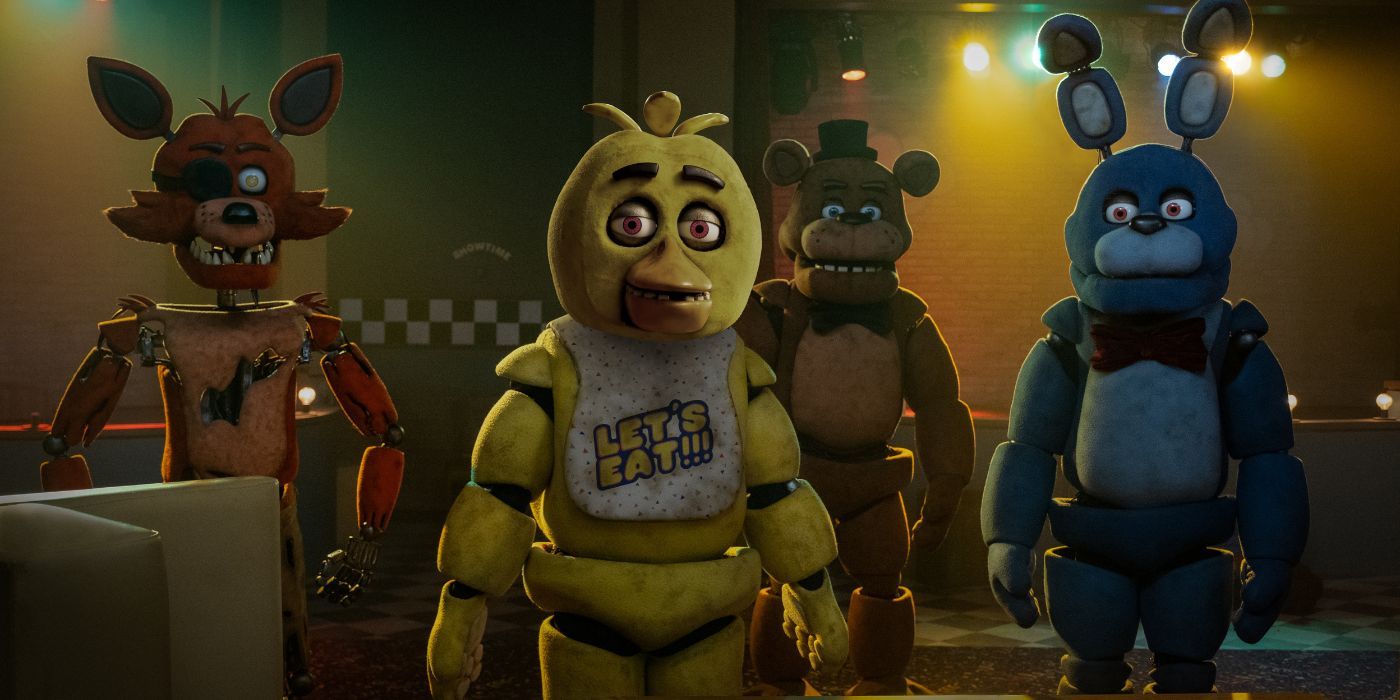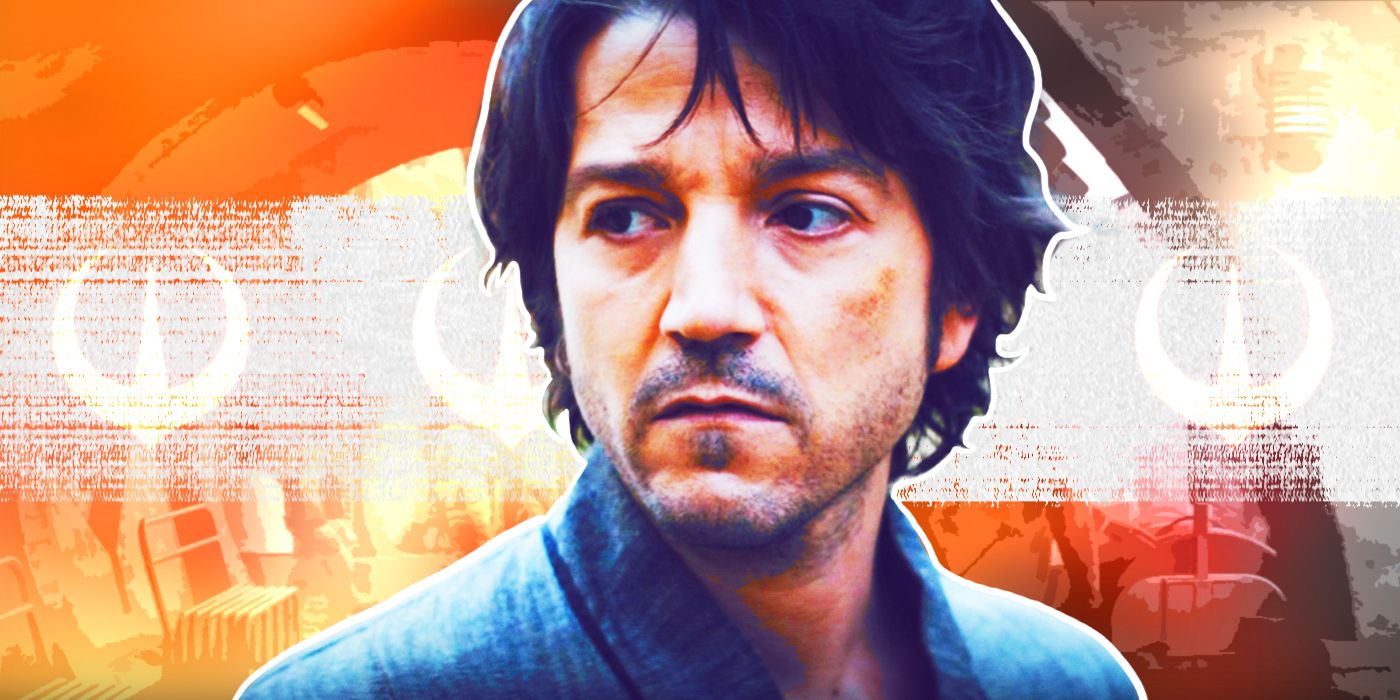The Big Picture
- Spielberg’s creative decision to keep the T-Rex alive added iconic imagery and fit the film’s themes.
- The T-Rex shot has been replicated in
Jurassic Park
sequels, serving as an homage to the original. -
Jurassic Park
sequels lack the ethical discussions and wonderment present in the original film.
While his resume has been defined by a series of game-changing successes, Steven Spielberg’s career may have peaked in 1993. The same year that his haunting historical drama, Schindler’s List, won him the much-deserved Academy Awards for Best Picture and Best Director, Speilberg redefined blockbuster cinema forever with the release of Jurassic Park.
Featuring some of the most advanced visual effects in the history of cinema, Jurassic Park enchanted movie goers and became the highest grossing film of all-time at the time of its release. While the film had the benefit of working off of Michael Crichton’s brilliant source material, Spielberg himself was essential in making some of the key creative decisions in the film’s production. Always keen to place himself in the audience’s shoes, Spielberg made a last minute change to the ending of Jurassic Park that created its most iconic shot.
Jurassic Park
In Steven Spielberg’s massive blockbuster, paleontologists Alan Grant (Sam Neill) and Ellie Sattler (Laura Dern) and mathematician Ian Malcolm (Jeff Goldblum) are among a select group chosen to tour an island theme park populated by dinosaurs created from prehistoric DNA. While the park’s mastermind, billionaire John Hammond (Richard Attenborough), assures everyone that the facility is safe, they find out otherwise when various ferocious predators break free and go on the hunt.
- Release Date
- June 11, 1993
- Runtime
- 127
- Writers
- Michael Crichton , David Koepp
- Tagline
- An Adventure 65 Million Years In The Making
How Did ‘Jurassic Park’ Originally End?
Jurassic Park takes place in the not-so-distant future, where the industrialist, John Hammond (Richard Attenborough), has developed research into dinosaur DNA that allows the ancient creatures to be cloned. Before developing an amusement park that will allow the public to experience the joys of these creatures, Hammond gathers the paleontologist, Alan Grant (Sam Neill), paleobotanist, Ellie Sattler (Laura Dern), and the chaotician, Dr. Ian Malcolm (Jeff Goldblum), to assess the feasibility of his endeavors. The response that he receives from the trio of lead characters is somewhat mixed, as they each have concerns about resurrecting an extinct species. Jurassic Park examines the ethical debate that comes with subverting evolution, and suggests that bringing back creatures that have no place in the modern world may be dangerous.
The trio’s skepticism is proven correct when the dinosaurs are let loose and wreak havoc on the planned site of Hammond’s amusement park, leaving the characters to desperately fight for their survival. Despite his professed animosity towards children, Grant finds himself protecting Hammond’s grandchildren, Tim (Joseph Mazello) and Lex Murphy (Ariana Richards), when he is separated from Ellie. While the human characters are quite well-developed, it’s the dinosaurs that are the real stars of Jurassic Park. The film ends with a now-iconic sequence of Tyrannosaurus Rex killing the raptors and roaring in triumph, seriving as a triumphant reminder that the dinosaurs once ruled the Earth for generations.
Although the image of the T-Rex framed underneath the park’s banner is one of the most iconic moments of the entire series, the T-Rex was not supposed to live in the original Jurassic Park script. Producer, Kathleen Kennedy, revealed that Spielberg “had been watching the movie in his head” during the lead-up to filming the end sequence, and began to have trepidations about killing off the most fearsome dinosaur. After realizing that “the T-Rex is the star of the movie,” Spielberg worked with production designer, Rick Carter, to come up with a different ending. Spielberg had to rework the preceding scenes in order to ensure that the film could keep its “leading actor, the T-Rex, alive.”
Why the T-Rex Couldn’t Die in ‘Jurassic Park’
While extensive planning is necessary in order to ensure a successful production, many of the best moments in Spielberg’s films emerged from spontaneity. The constraints on the notoriously challenging production of Jaws forced Spielberg to think creatively and come up with new ways of showing the titular shark. Similarly, the decision he made with regard to the fate of the T-Rex in Jurassic Park was made after seeing the creature in action in some of the early footage. These last minute changes are representative of Spielberg’s brilliance as a storyteller; he’s able to understand the emotional impact that striking imagery may have on his intended audience. Teasing the T-Rex’s appearance only to kill the creature in brutal fashion may have left viewers with a sour taste in their mouths once the credits started rolling.
In addition to creating a great moment of conflict between two of the franchise’s signature dinosaurs, keeping the T-Rex alive fits within the themes of Jurassic Park. The film is ultimately a warning about meddling with nature, and never places the blame on the dinosaurs themselves; it’s not their fault that they’ve been placed within an evolutionary system where they are now the top predator. The film frequently emphasizes the beauty of the creatures, particularly in the now-iconic sequence of Grant seeing a Brachiosaurus for the first time. To kill a character as unique as the T-Rex would not befit the film’s representation of the dinosaurs; as scary as the prehistoric creatures are, Grant and Hammons never try to kill them.
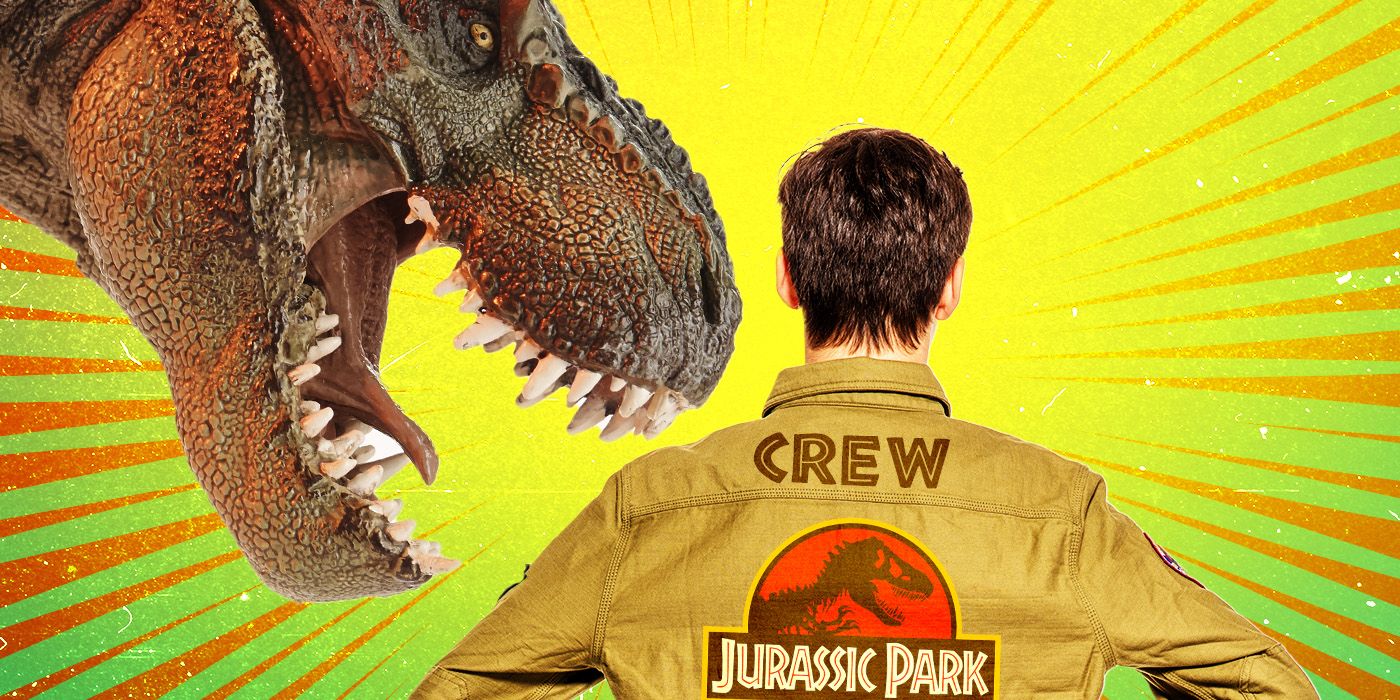
‘Jurassic Park’s T-Rex Almost Killed a Crew Member — For Real
When art (almost) imitates life.
What Have the ‘Jurassic Park’ Sequels Been Missing?
The last-minute decision was also a smart one for the franchise’s future, as the shot of the T-Rex has been replicated in several Jurassic Park sequels. Similar moments of a dinosaur roaring—as if proclaiming its dominance over civilization—have bookended every installment in the franchise. 2015’s Jurassic World even included an extended homage to the first film’s ending that involved the T-Rex being let out of captivity by Claire Dearing (Bryce Dallas Howard) to fight the new genetically-enhanced Indominus Rex. While none of the film’s successors are as perfect as the original, the final shots have each served as a fun way of acknowledging the franchise’s roots.
Although the franchise has continued to reach incredible financial heights, the Jurassic Park sequels don’t contain the same sense of wonderment that the first film has. The discussion about the ethical ramifications of reintroducing dinosaurs and using them as a source of mass entertainment that are so essential to the first film are almost entirely absent from the subsequent installments. Ian Malcolm’s famous line, “because you made them, and you therefore think you own them,” might be best directed towards the executives that have greenlit continuations of the Jurassic Park franchise.
Jurassic Park is available to watch on Netflix in the U.S.
Watch on Netflix

